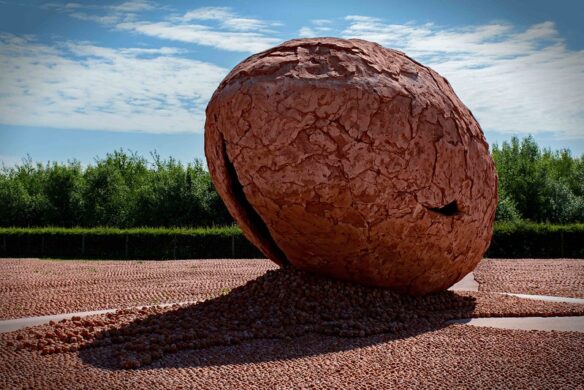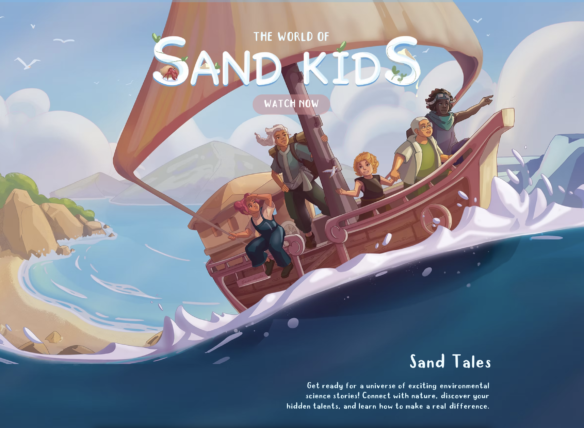Excerpt:
Corporations sold Americans on the chasing arrows — while stripping the logo of its worth.
It’s Earth Day 1990, and Meryl Streep walks into a bar. She’s distraught about the state of the environment. “It’s crazy what we’re doing. It’s very, very, very bad,” she says in ABC’s prime-time Earth Day special, letting out heavy sighs and listing jumbled statistics about deforestation and the hole in the ozone layer.
The bartender, Kevin Costner, says he used to be scared, too — until he started doing something about it. “These?” he says, holding up a soda can. “I recycle these.” As Streep prepares to launch her beer can into the recycling bin, Costner cautions her, “This could change your life.”
Recycling, once considered the domain of people with “long hair, granny glasses, and tie-dyed Ts,” as the Chicago Tribune described it at the time, was about to go mainstream. The iconic chasing-arrows recycling symbol, invented 20 years earlier, was everywhere in the early 1990s. Its tight spiral of folded arrows seemed to promise that discarded glass bottles and yellowing newspapers had a bright future, where they could be reborn in a cycle that stretched to infinity. As curbside pickup programs spread across the United States, the practice of sorting your trash would become, for many, as routine as brushing your teeth — an everyday habit that made you feel a little more responsible.
What no one anticipated was just how emotionally attached people would become to recycling as the solution to America’s ugly trash problem. When the chasing arrows’ promise of rebirth was broken, they could get angry. One cold winter day in 1991, people in Holyoke, Massachusetts, chased after garbage trucks, yelling for them to stop, after the drivers had nabbed their sorted glass, cans, and cardboard from the curb. Strained by an influx of holiday-related trash, the city had instructed workers to forgo recycling and just throw everything away.
Today, the recycling icon is omnipresent — found on plastic bottles, cereal boxes, and bins loitering alongside curbs across the country. The chasing arrows, though, are often plastered on products that aren’t recyclable at all, particularly products made of plastic, like dog chew toys and inflatable swim rings. Last year, the Environmental Protection Agency said that the symbol’s use on many plastic products was “deceptive…”









